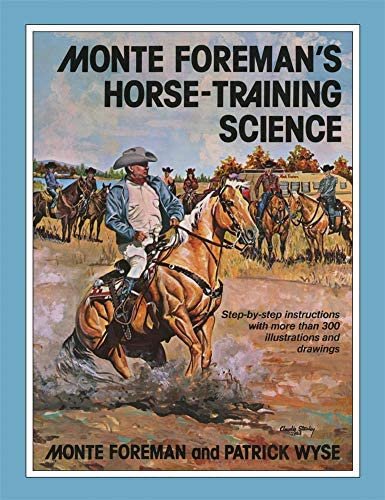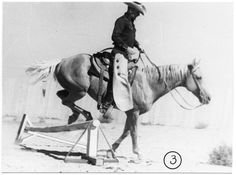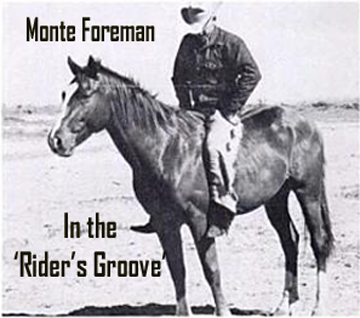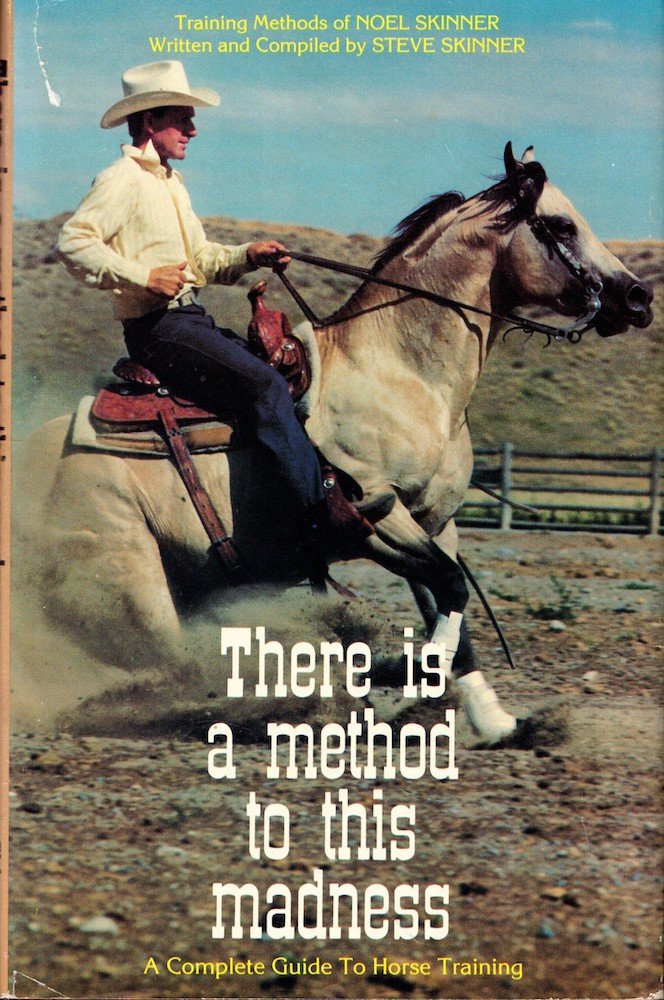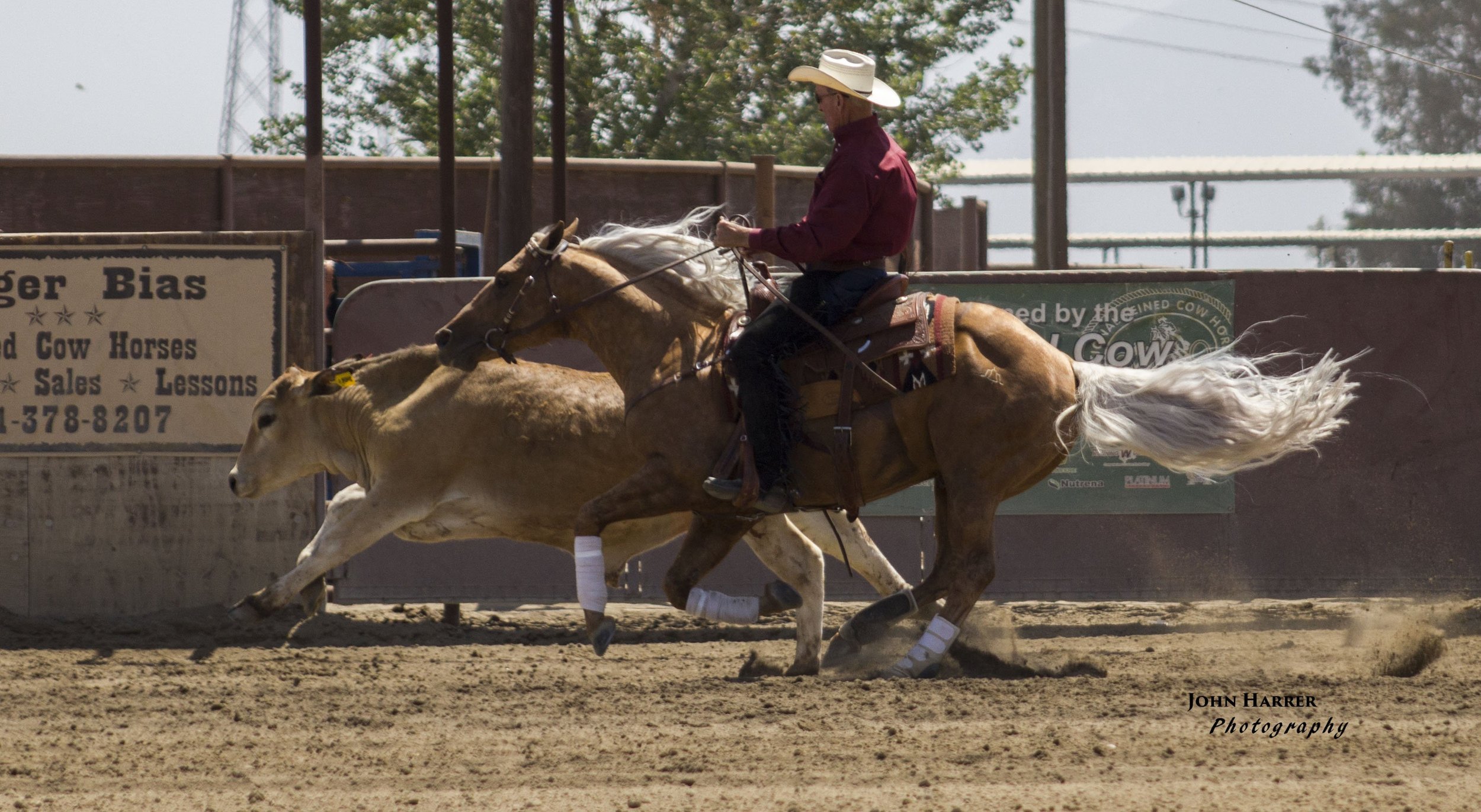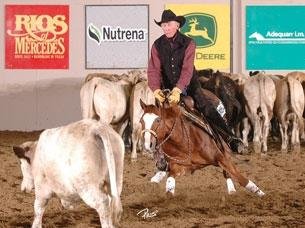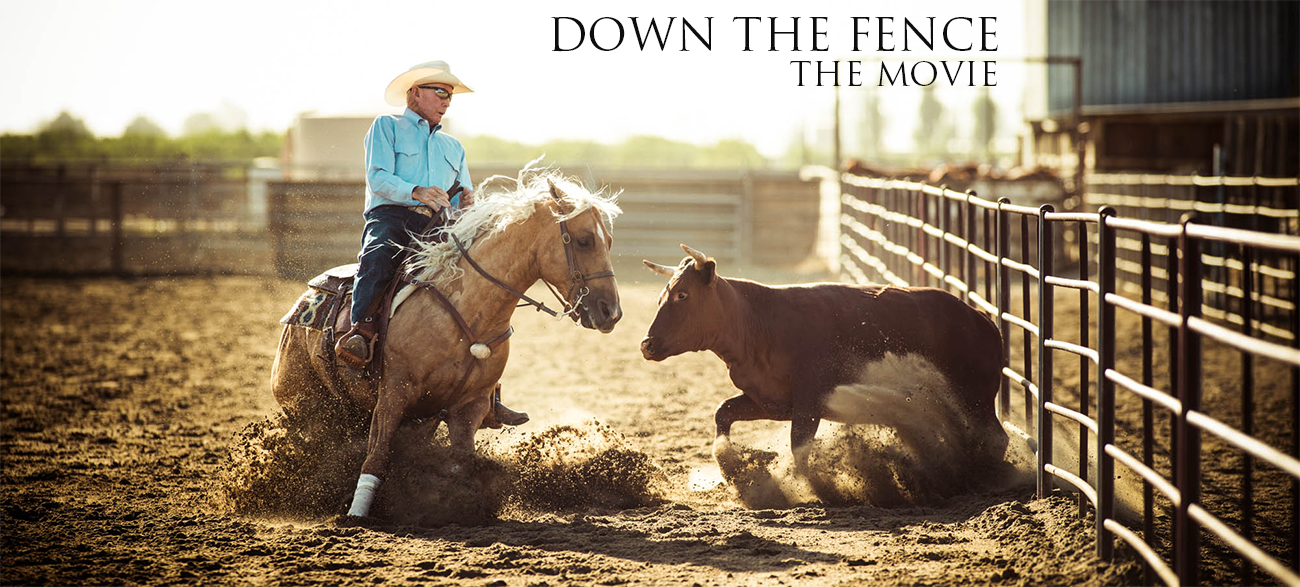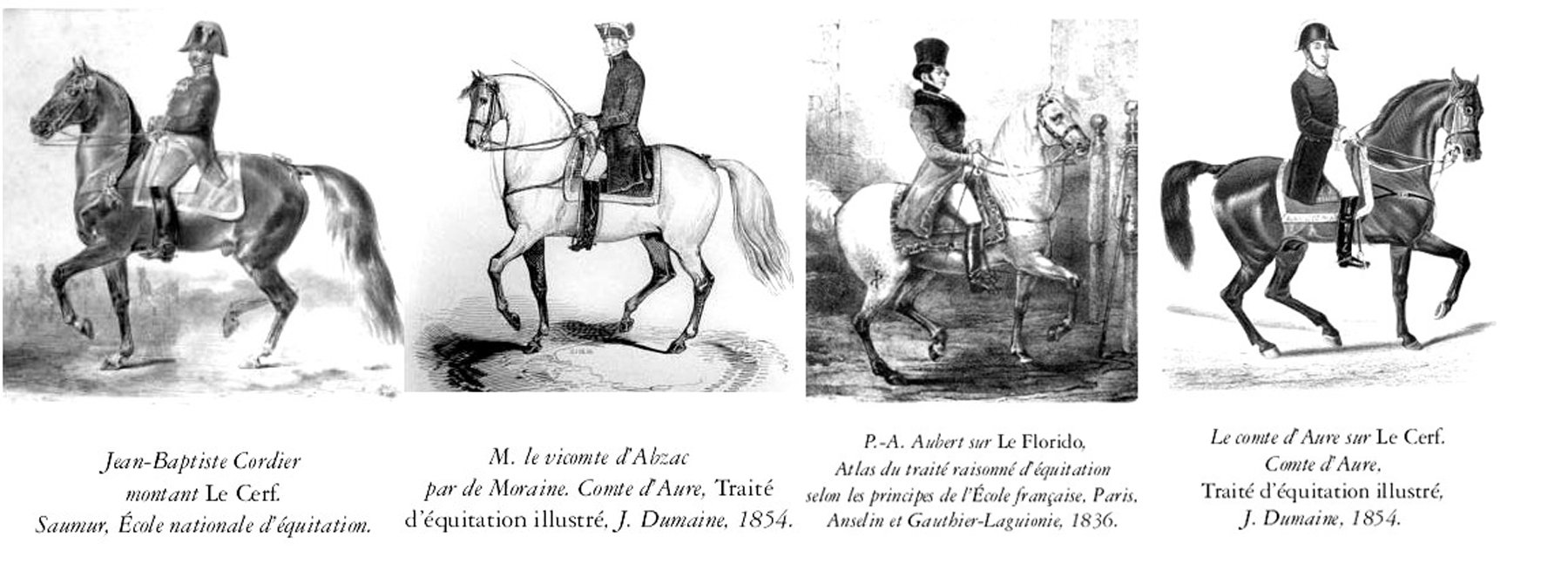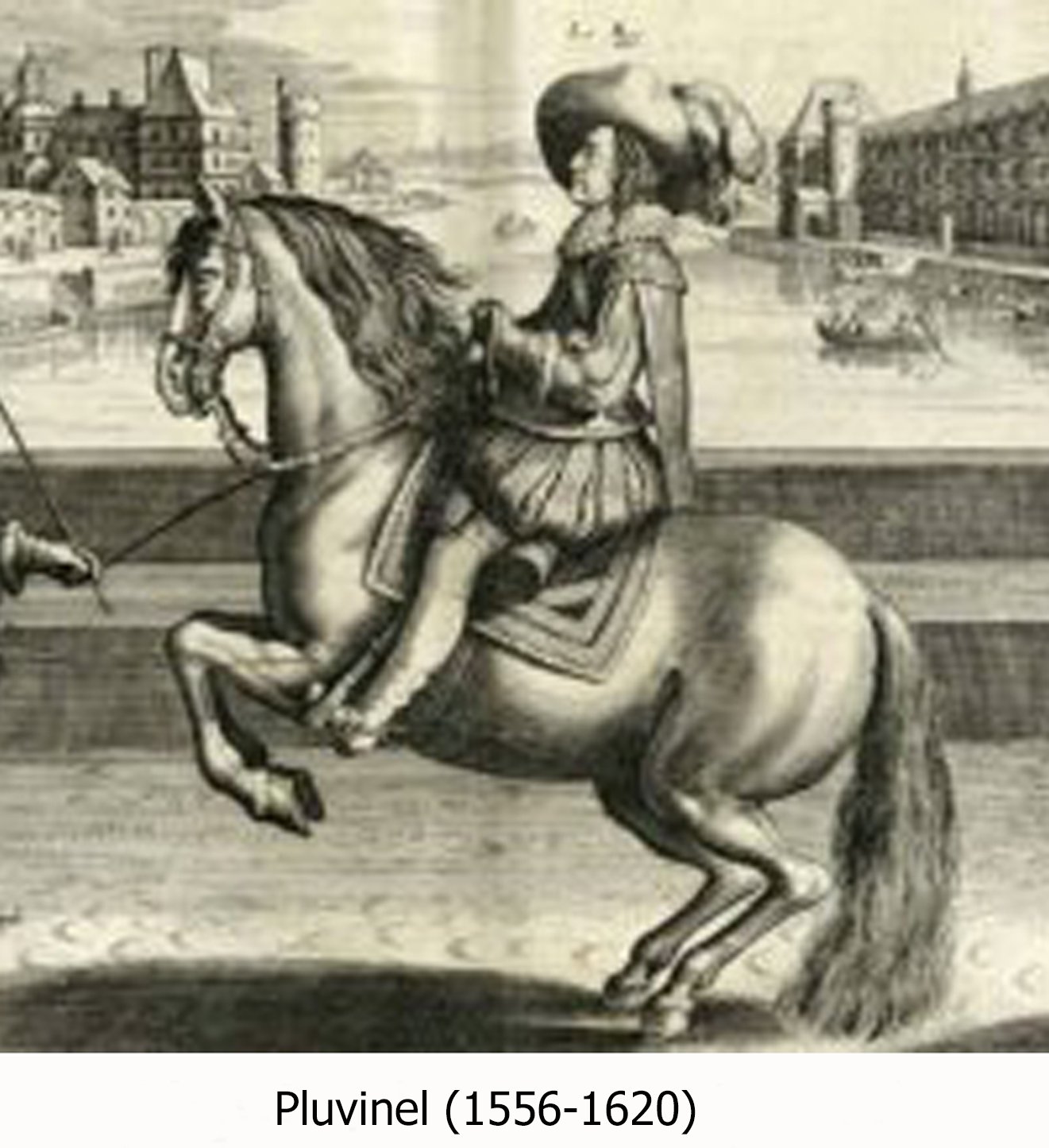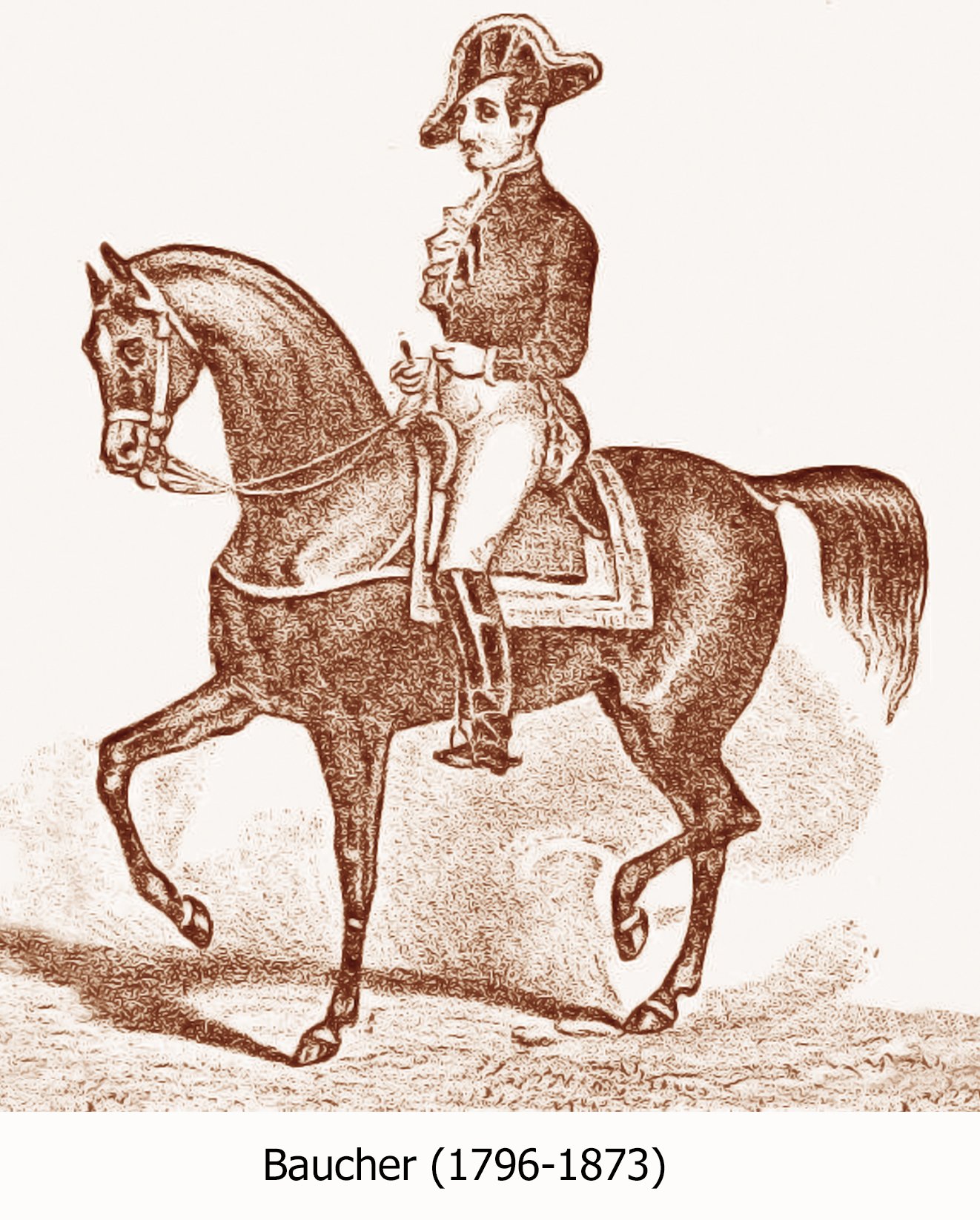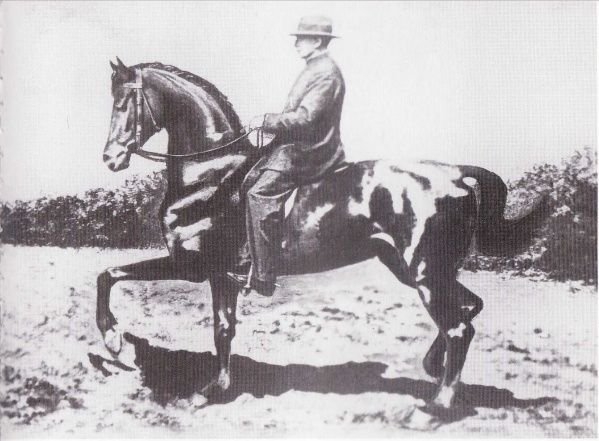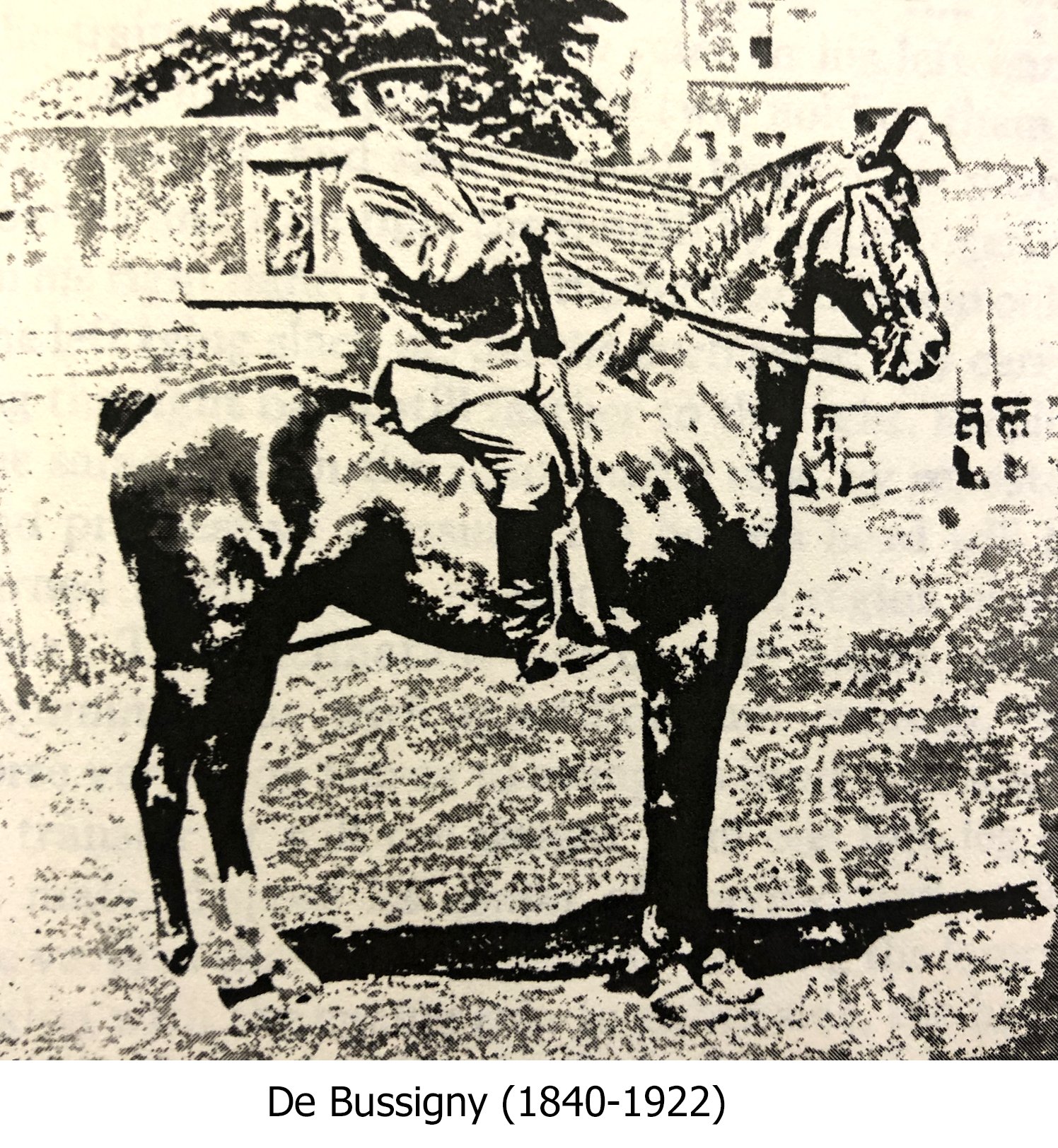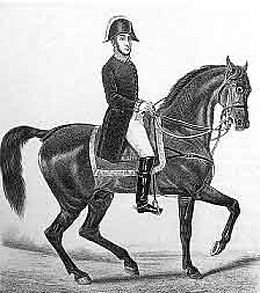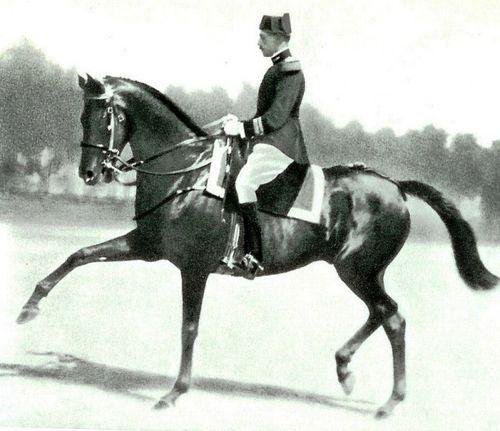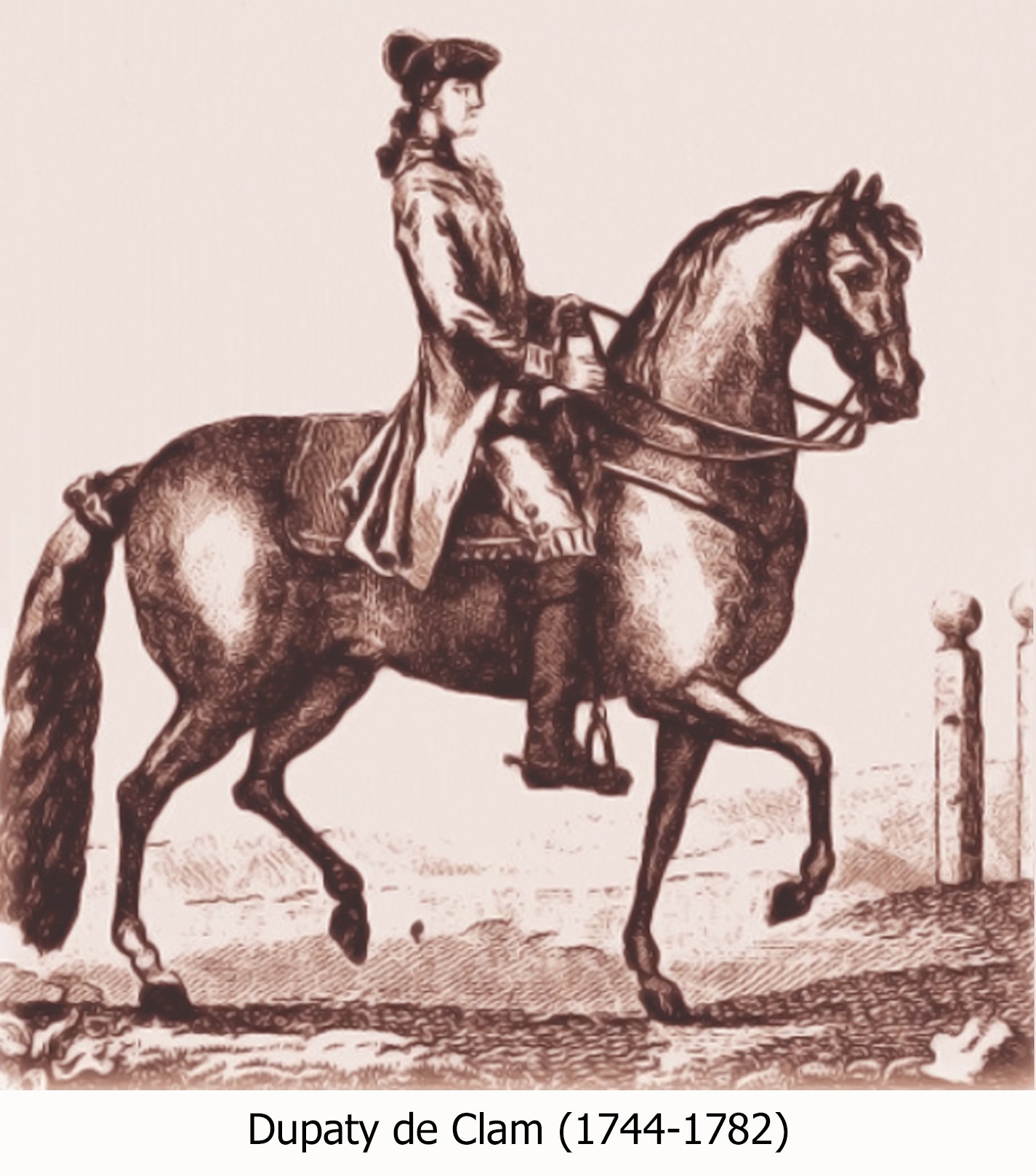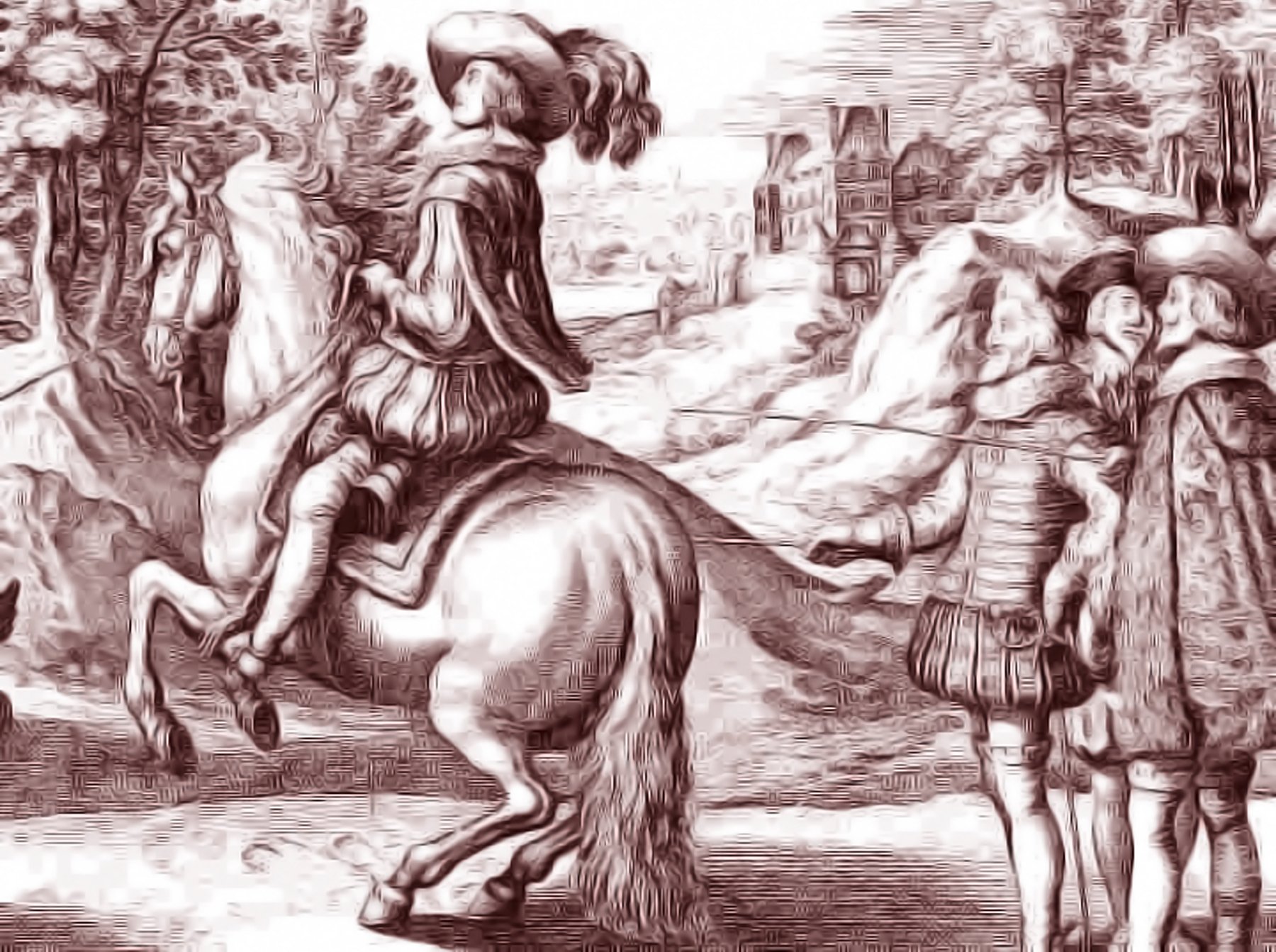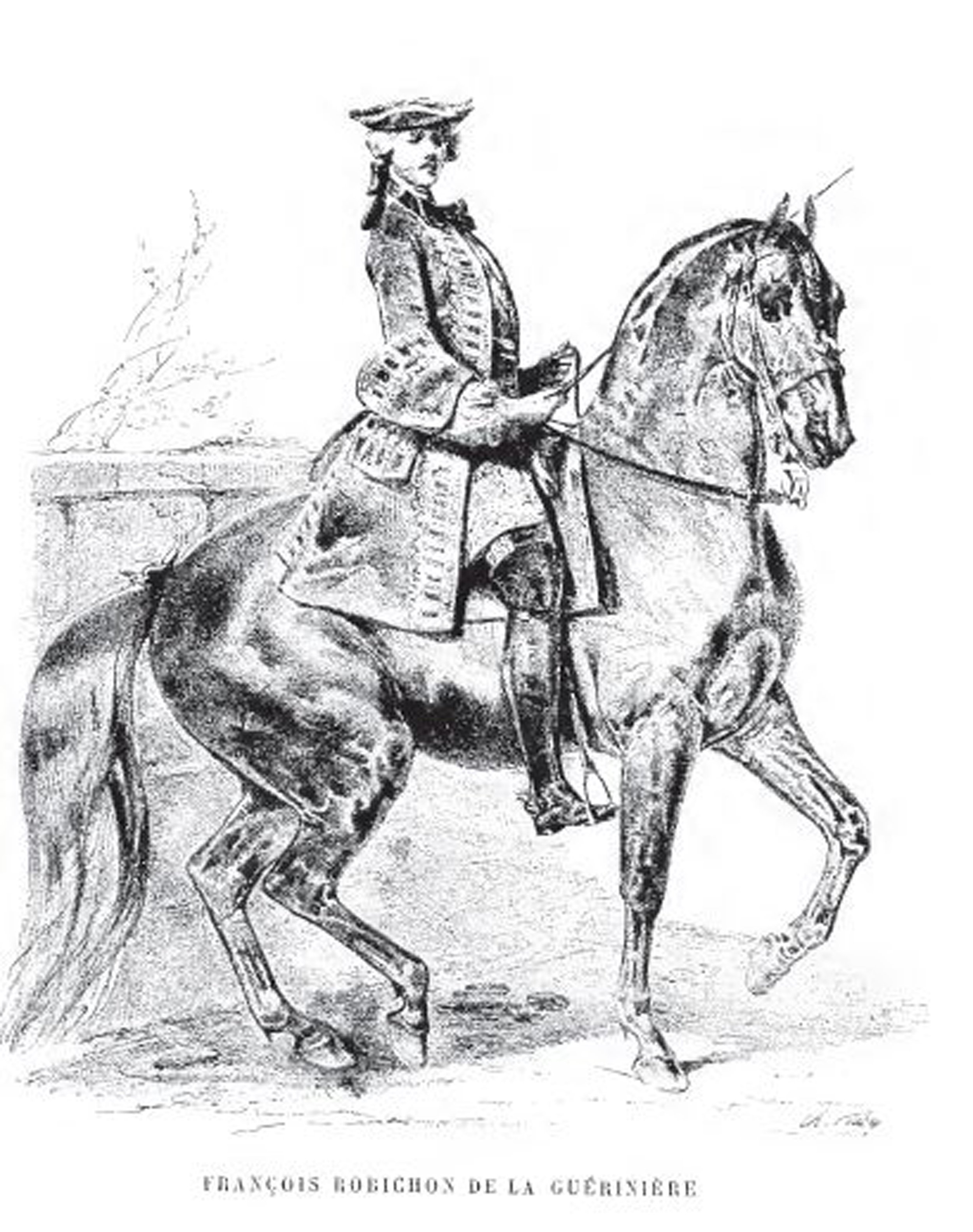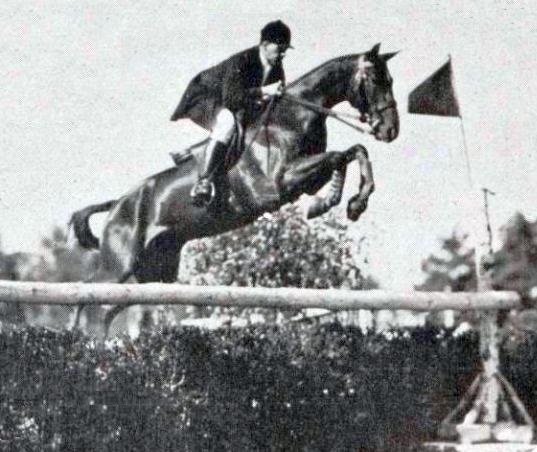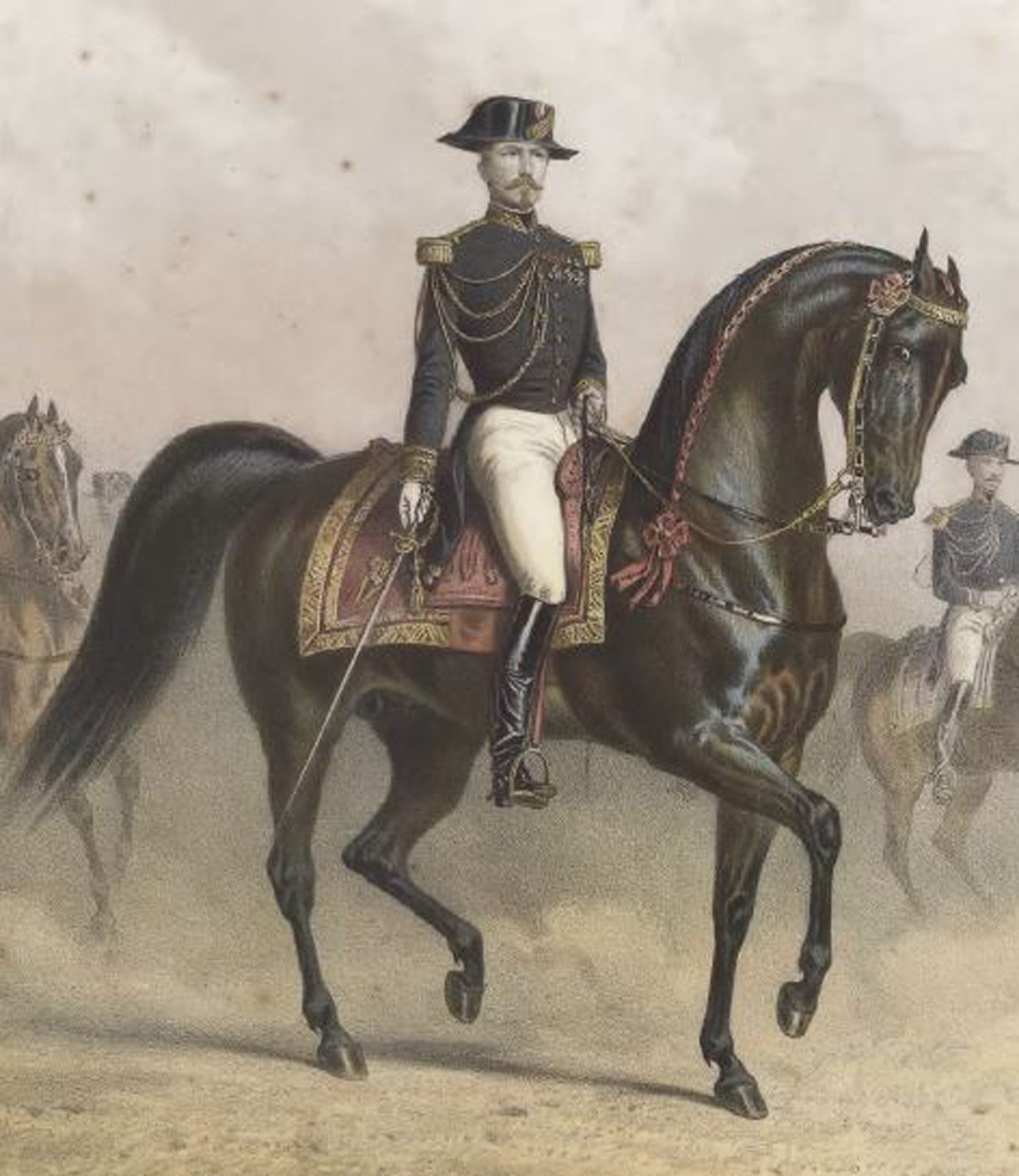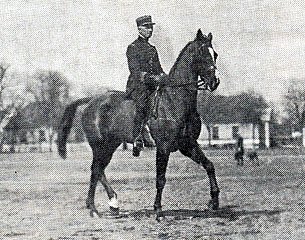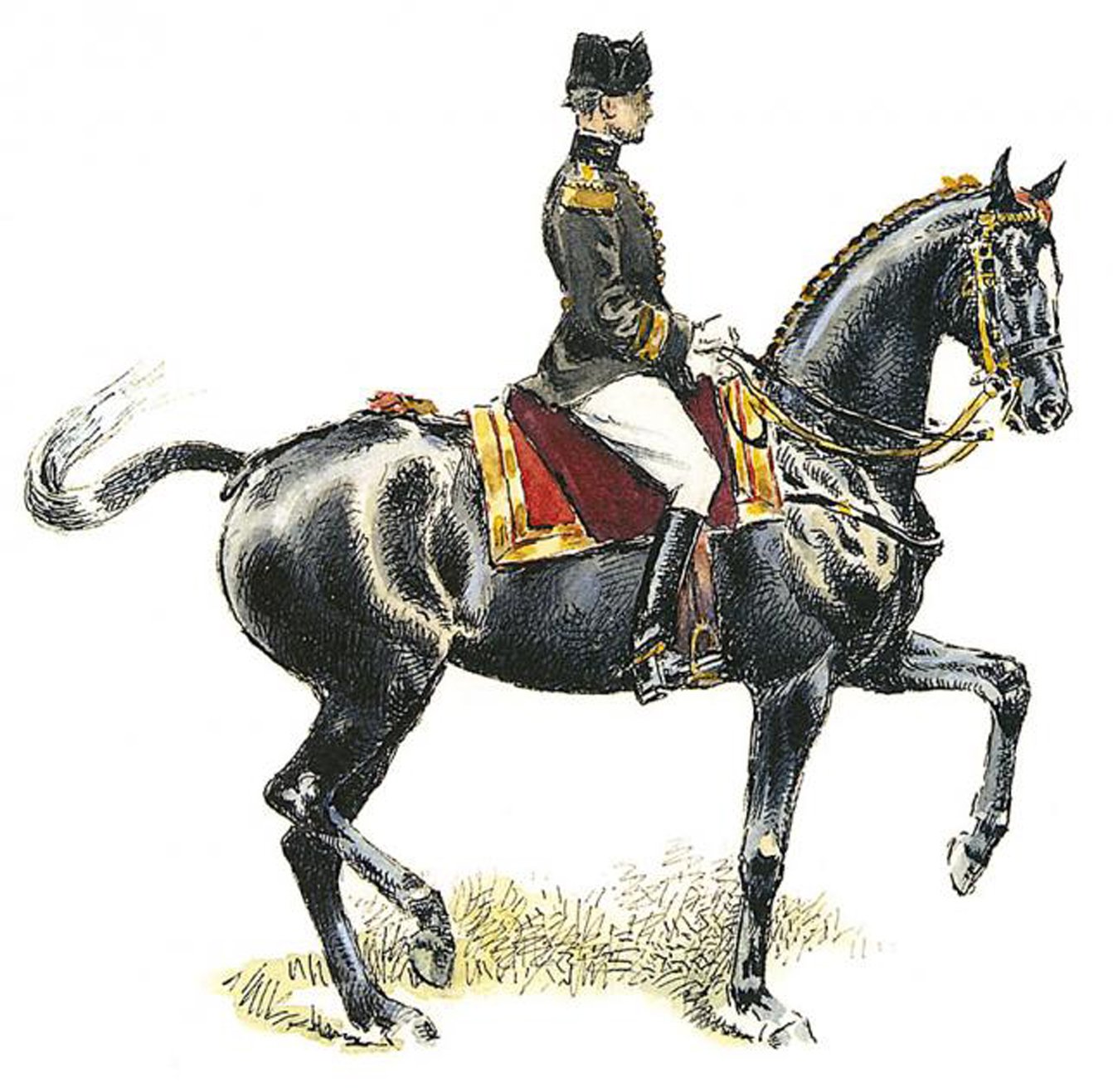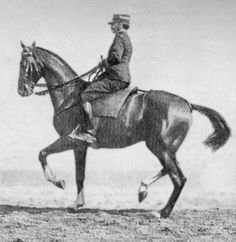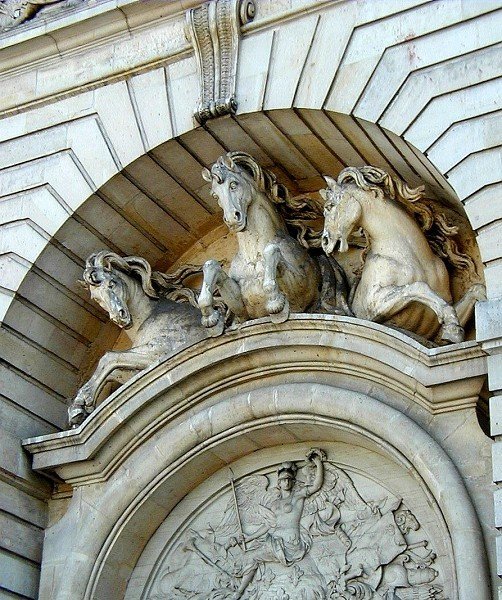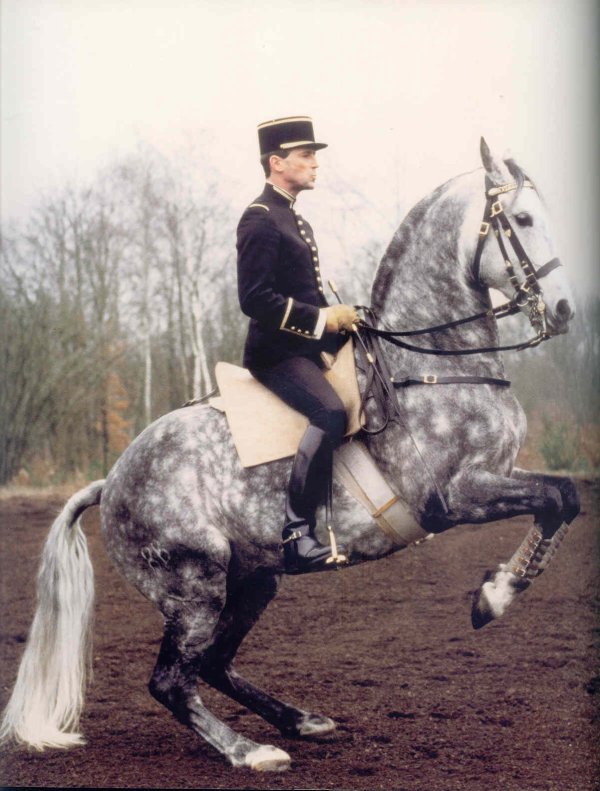Old Dead French Guy Society
So why French guys? Why Versaille and Saumur, Pluvinel and Raabe? What’s the big deal?
Growing up in the Great Basin area of the US, I was not exposed to any horsemanship ideology that was developed before, perhaps, the 1880s. The horsemen and their traditions that I had any awareness of were regional in nature. Horsemen were very devoted to their particular style of riding handed down to them through time. The “Californio” or Vaquero style, the Great Basin Buckaroo (similar to the Vaqueros), and the midwestern cattlemen, would argue the superiority of their methods. But they were still very removed from the east coast influence or residue from European sources.
The only real name in horsemanship I had heard of was Noel Skinner, a cow horse trainer in Utah, and Doug Williamson, a cow horse trainer from a cutting horse family in Idaho. As far as a bigger name, Monte Foreman was the respected name I heard the most in the 1980s.
"In the '40s, the popularity of horses was getting into high gear," said Monte Foreman, "and the few top magazines that were catering to this popularity really didn't know how they wanted to go as far as telling horseback people how to do it. So they didn't go any place.”
"Then, too," he went on, "there was such a difference of opinion that editors didn't know who to believe. There were some magazines that were experimenting, like Back in the Saddle, but when they did a story of mine, for example, they would get a lot of gripes through letters to the editors. ‘That's hogwash, letter writers would say.’”
I simply wasn’t aware of much in the way of resources besides hand-me-down magazines, photocopies of articles, and the Idaho 4-H manual. I’m sure that more was available, I just didn't know about much outside of the Quarter Horse and 4H world in my area.
I had always been curious about dressage, the dancelike movement of horse and rider, and tripped upon Alois Podhajsky’s “Complete Training of Horse and Rider.” I enjoyed it and it gave me a peek into some of the European histories (as well as the idea of training a horse to do something that doesn’t involve a cow). However, once I read, Philippe Karl’s “Twisted Truths of Modern Dressage” I knew the direction I wanted to go; the French tradition.
It took some time even as I was studying diligently in a Légèreté (the word commonly used to refer to the French tradition of educating horse and rider) program to realize the breadth and depth of the French tradition. The instructor would offer an amazing quote from an ecuyer (educated and respected horsemen in the French tradition) that few, if any, of us had heard of. I wrote them down and began my own database of dates, times, places, and written works. When I could, and if the work had been translated from French to English, I would buy the book and pour over it to find treasures of wisdom. When I had become more familiar with the names, dates, and places, I began a chart to help me to see who came when and who was influencing who. I realized that these men were interconnected and I wanted to know how. These men were influenced by or taught by their masters, they worked or argued with their contemporaries, and they wrote it all down!
Because of this interconnected web of ecuyers, the deep connection to their history and culture, there emerged central ideas and techniques. Remember, Europe is much smaller than the US and France is smaller yet. These men knew and interacted with one another sometimes vehemently disagreeing on one aspect or another. Their techniques evolved over time, but you can see when and why. Where else can you read, literally, generations of horsemen, hundreds of years of men riding in similar traditions? Moreover, you find similar threads weaving through the changes inherent in the passing of time. The favored breeds and the use of horses changed from court riding to military riding to the beginnings of international competition. From high airs to mounted battle to cross-country reconnaissance. And it is all written down in treatises. Over 50 of them span over 400 years! The only limit to the vast amount of collective wisdom is translation: many of the works are not available in English. But you can bet I’ve poured over the ones that are!
Simply put, these Old Dead French Guys were writing treatises on the education of horses and riders before there were any horses in North America!
There were already generations of treatises in France by the time horses were in common use for the needed tasks of travel and work in the US.
Those treatises continued, uninterrupted, into the 20th century.
What a priceless collection of experiences; each built on the works of their forebearers added to their own knowledge for hundreds of years!
In my searches involving the French tradition I happened upon a wonderful tableau created by Rene Bacharach, a perfumer by trade but intensely devoted to Légèreté. It took me a month to clear it up enough to be legible. I researched each person, their written works, and their employ; either military or educating European royalty. The intensely interconnected nature is entirely obvious and is unique in all of equestrian history. The nobles of France selected Grand Ecuyers for the court starting with Henri III to Louis XVI (1526-1790). The Ecole de Versailles (constructed under Louis XIV from 1679-1682) once housed over 2000 horses! Saumur is often cited as the most recent center of French equitation. Saumur was created in 1814 by Louis XVIII and remains an educational center today housing the national riding school of France and the Cadre Noir, an exhibition group made up of the riding school instructors.
While the applied riding techniques of Saumur are being eroded by modern sport dressage methods (as are all the big 4 European national schools) those unfortunate changes cannot take away the experience and wisdom of the men that built the legacy of Légèreté. Fortunately, we have their experiences, their techniques, their rivalries, their pet peeves, their passion, their philosophies, and their artistry preserved in print.
There are scientific advances that have shown us many clarifications of how the techniques affect the horses so we are more assured what we are applying to our horses is beneficial and equitable. Scientific advances uncover important nuances, outright errors, or missing pieces in the ancient traditions. Studies have shown just how complex horses are in every way. Studies have also confirmed that many of the tenets of Légèretè are, all in all, quite horse friendly. In some ways, it’s not surprising as the horse and their education meant everything to so many of these men. Science is also discovering why ancient remedies once thought to be wives’ tales are actually medicinally beneficial. Sometimes the ancients have wisdom that has been nearly lost or forgotten and that is a tragedy.
At the end of the day, I have to ask myself, “Why would I spend decades of my life trying to discover what someone in the past has already codified?” Why not internalize this vast amount of collective wisdom and explore every facet of horsemanship the work can influence today? This is what I am working toward. This is why I’m an avid fan and charter member of the Old Dead French Guy Society.
The Tableau created by Rene Bacharach. Click HERE to go to a website with more information.

